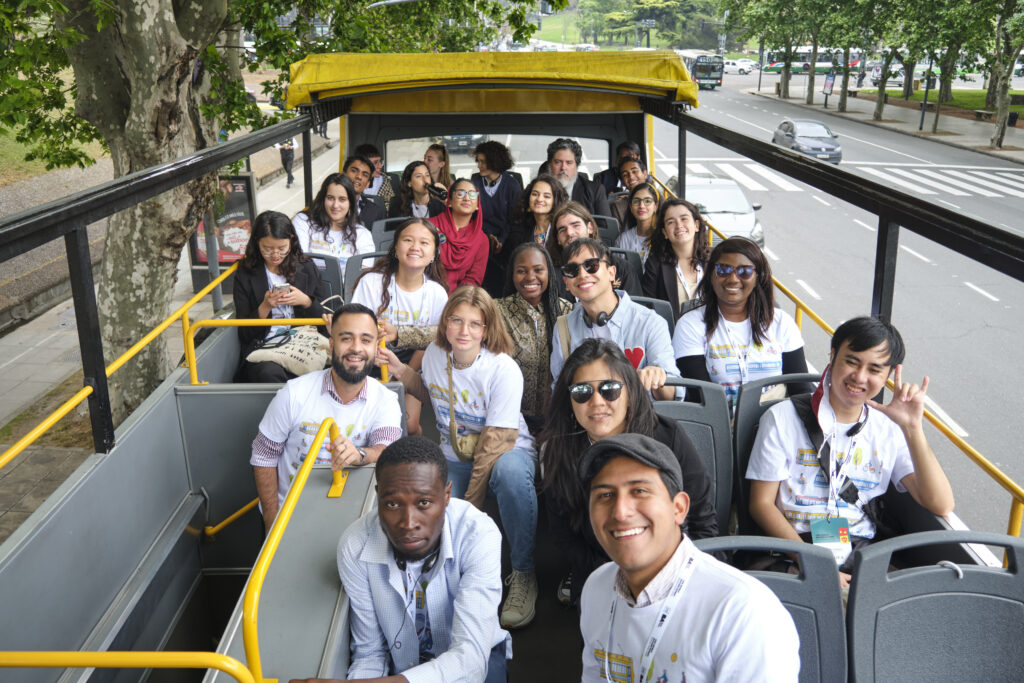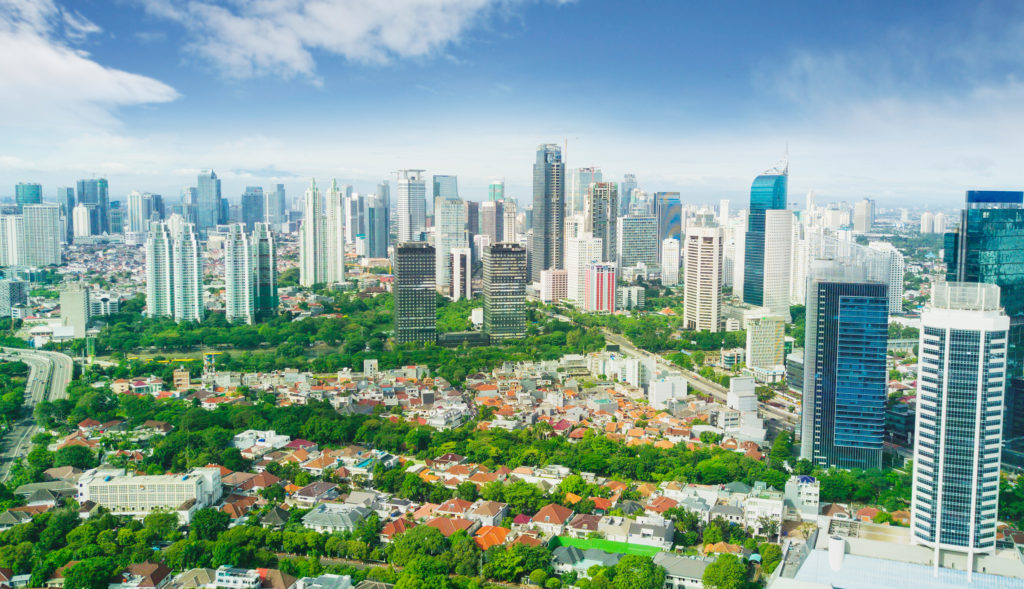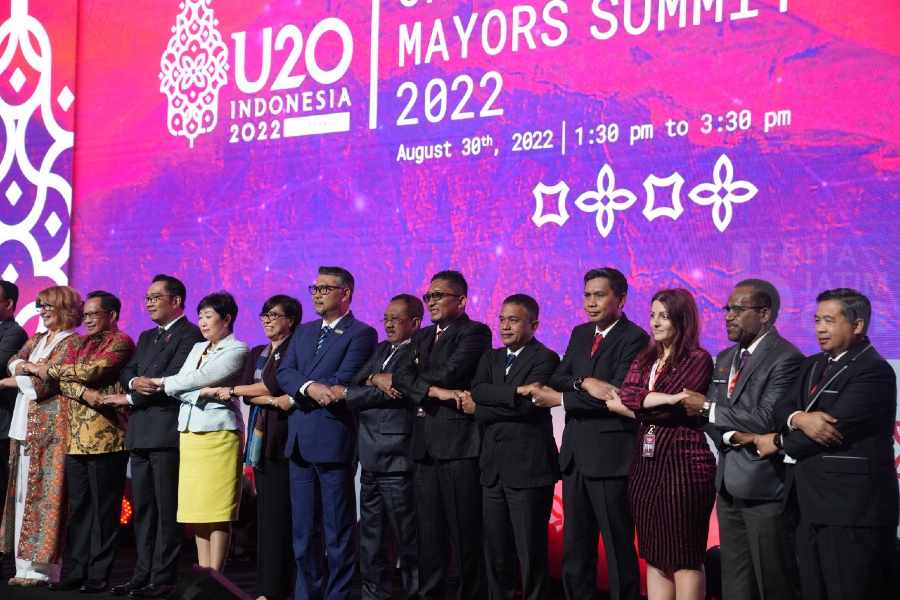Barcelona
(last update: Jan 2023)
Barcelona has an extensive metro consisting of 180 stations and 12 lines that cover 90 miles (146 km), 230 bus lines, suburban rail and expanding tram lines. TheTransports Metropolitans de Barcelona (TMB), the main public transport operator in the city, recently published a strategic plan to 2025.
The strategic plan
The strategic plan expects that 65% of journeys taken in Barcelona will be made using public transport, which will reduce the number of journeys made by private vehicles. The plan outlines improvements that will be made to bus services for example traffic light priority, bus lanes. It also states that the plan includes improving metro services by adding new trains, improving the frequency of service and providing users more up to date information.
Incentive to reduce private vehicles
Barcelona has combined their efforts to increase public transport use with an incentive aiming to get people out of their cars. The T-Verda card provides three years worth of free public transport to residents that have given up their vehicle. The car provides unlimited access to all modes of public transport in the city.
Superblocks: active transport
Barcelona has implemented the pioneering Superblock system which prevents through traffic in 400m by 400m blocks. This serves to increase the amount of public space for people and nature and encourages walking, cycling and public transport.
Emission reduction
The strategy for 2025 includes a goal to lower CO2 emissions by 17,000 tonnes by 2025. Energy consumption on the metro will be reduced by 6% through the use of technologies that recover energy generated by running the trains. In addition, one of the projects calls for the use of electrical energy from the metro network to power the buses, thus achieving cost and emissions savings. TMB will add 508 clean energy buses to its fleet, 233 of them will be electric and 46 hydrogen-powered.
Affordability
Between 1st September 2022 and 31st December 2022, public transport ticket costs are halved to help inhabitants cope with the current cost of living crisis. The reduced fares are being partially funded by Spain’s central government (which is covering 30 percent of the discount), with Catalonia’s autonomous government covering the rest.






